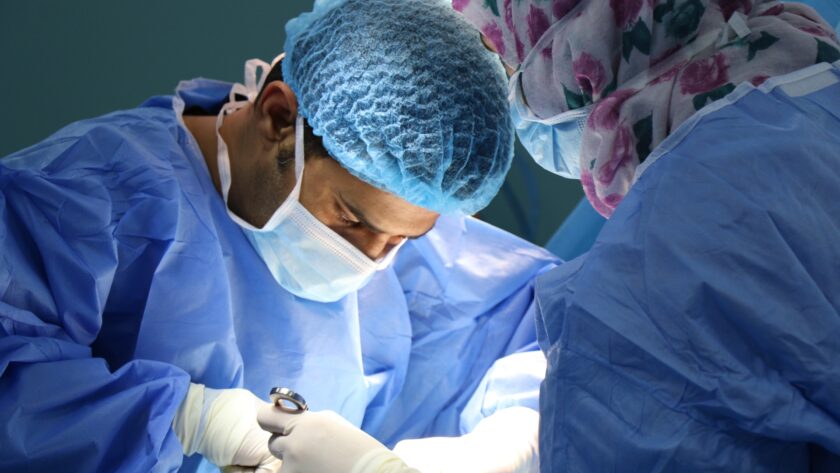Minimally invasive thoracic surgery, also known as VATS, involves smaller incisions that allow the surgeon to operate on the lung and chest without spreading the ribs. This will enable patients to recover more quickly and experience less pain. It also leaves the patient with a less compromised anatomy, which makes it easier to undergo future surgeries if necessary.
Smaller Incisions
Over the last few decades, medical technology has advanced, allowing surgeons, for instance, Armen Parajian, to perform various procedures using less invasive techniques. These minimally invasive surgeries (MIS) require small incisions, and they are much easier for patients to recover from than traditional open surgery methods. These procedures can be used to treat a variety of lung, pleural, and mediastinal pathologies that have traditionally required a large thoracotomy incision. In addition to reducing postoperative discomfort, minimally invasive surgical techniques can reduce complications and shorten hospital stays. For example, MIS allows your doctor to perform lung biopsy procedures without lobectomy, which requires spreading and cutting the ribs. This innovative technology does not impact the lungs or nerves, minimizes blood loss, and reduces the risk of complications like atelectasis. Similarly, many cases of paralyzed diaphragms, reflux disease, and achalasia are now treated with VATS and robotic surgery rather than a median sternotomy.
Less Pain
Video-assisted thoracoscopic surgery (VATS) uses small incisions to access the chest without spreading the ribs. The surgeon inserts a long tube with a camera, called a thoracoscope, and uses special instruments to remove the lung tissue. The thoracoscope sends images to high-resolution monitors in the operating room, allowing surgeons to operate precisely and minimize trauma. Patients who undergo VATS have significantly less pain, a shorter hospital stay, and return to normal activities sooner than patients who undergo open thoracotomy. They also experience fewer postoperative complications and better functional outcomes. Because of its advantages, many thoracic surgeons prefer VATS to open thoracotomy. However, the appropriate choice of surgical technique for any given patient depends on sound clinical judgment, including consideration of outcomes data from the Society of Thoracic Surgeons General Thoracic Surgery Database. Ask your thoracic surgeon whether they have experience with minimally invasive techniques and their preferred approach. Then, together, you can decide the best option for you.
Fewer Complications
In addition to less pain and a faster recovery, minimally invasive surgery results in fewer complications. Many traditional surgeries require patients to stay longer in the hospital due to complications that arise during the operation. This is only sometimes the case with minimally invasive procedures. Some people are unsuitable candidates for minimally invasive thoracic surgery, including the elderly and those with significant health problems or anatomy that may affect surgical outcomes. Talk to your doctor about whether a video-assisted thoracoscopic surgery (VATS) could benefit you. Your doctor will evaluate you case-by-case to determine the best procedure for your needs.
Faster Recovery
Compared to traditional open surgery, minimally invasive thoracic techniques reduce your time in the hospital. That means you’ll return to your normal activities, including work, sooner. While under general anesthesia, your surgeon makes one or five small incisions in the skin. They insert a thin tube-like instrument with a camera and surgical instruments through these openings. Using Ion navigational bronchoscopy, they can find the nodule inside your lung and use a special needle to take a sample for biopsy. This approach prevents thoracotomy and reduces the risk of infection. Studies show that hospitals with well-defined enhanced recovery pathways can safely discharge thoracic surgery patients in an accelerated timeframe without increasing readmission rates.




